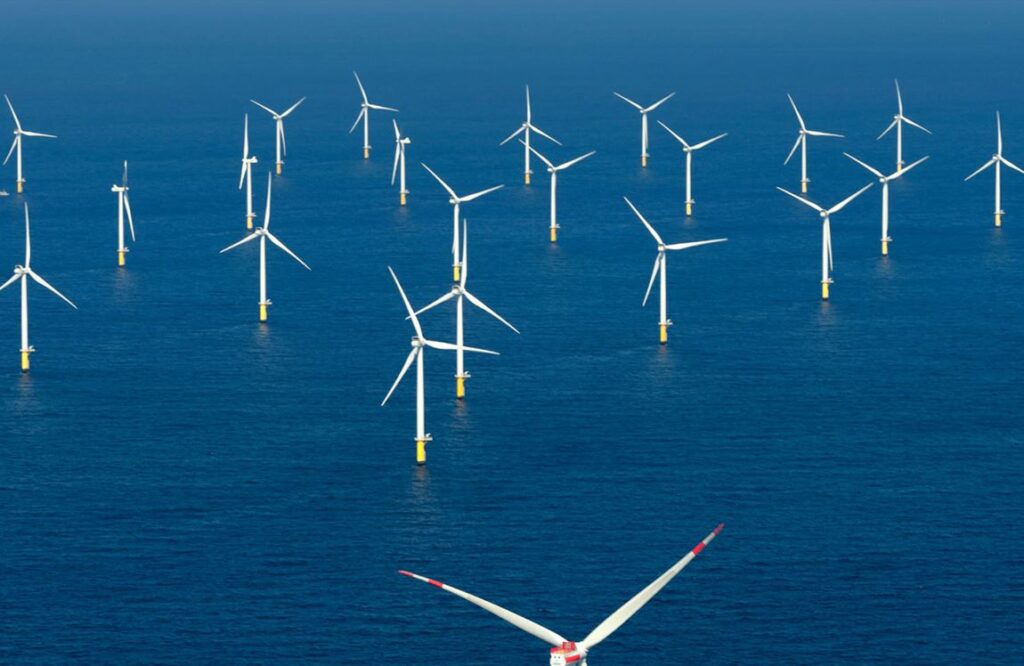The Philippine government plans to start the bidding process for offshore wind projects by the end of this year, with submissions due eight months after the tender’s initiation, reports the Manila Bulletin, citing Energy Undersecretary Rowena Cristina Guevara.
In April 2022, the World Bank and the Philippines’ Department of Energy (DOE) launched The Philippines Offshore Wind Roadmap, which indicated the country could install up to 21 GW of offshore wind capacity by 2040 with appropriate governmental and policy support.
A year later, President Ferdinand R. Marcos Jr. issued Executive Order No. 21, directing the DOE to create a policy and administrative framework for offshore wind development and to begin grid development activities.
In a press release issued on 23 April 2023, the DOE announced it had awarded 63 offshore wind contracts, totaling a potential capacity of 49.928 GW, enough to meet future electricity demand.
Several major companies, including Copenhagen Energy, BlueFloat Energy, Corio Generation, and Copenhagen Infrastructure Partners, have shown interest in the Philippine offshore wind sector.
Copenhagen Energy and PGEC began co-developing projects off the coast of the Philippines in 2020 and formalized their partnership as BuhaWind Energy Philippines (BEP) in 2022. They are developing three floating offshore wind farms: the 2 GW Northern Luzon, the 1 GW Northern Mindoro, and the 1 GW East Panay.
The Northern Luzon project, which could power 2,000,000 homes annually, was recently selected by the DOE as a leading initiative in the Philippine offshore wind market, Copenhagen Energy noted in a recent social media post.
Corio Generation aims to develop up to five offshore wind projects totaling 3 GW off the coasts of Cavite, Batangas-Mindoro, Iloilo, and Guimaras under wind energy service contracts (WESCs) providing site exclusivity. Recently, the Philippine Board of Investments granted the company green lane certification, expected to simplify permitting processes for its upcoming projects.
In June 2023, BlueFloat Energy announced it had secured WESCs for four floating offshore wind project sites in the country. According to Philippine media, BlueFloat’s projects have a total capacity of 7.5 GW, with individual farm capacities ranging between 1.5 and 3.5 GW.
In March 2023, CIP signed 25-year Offshore Wind Service Contracts with the DOE for three offshore wind farms totaling 2 GW in capacity. These projects are proposed to be developed offshore Camarines Norte and Camarines Sur, offshore Northern Samar, and offshore Pangasinan and La Union.
Original Story at www.offshorewind.biz
